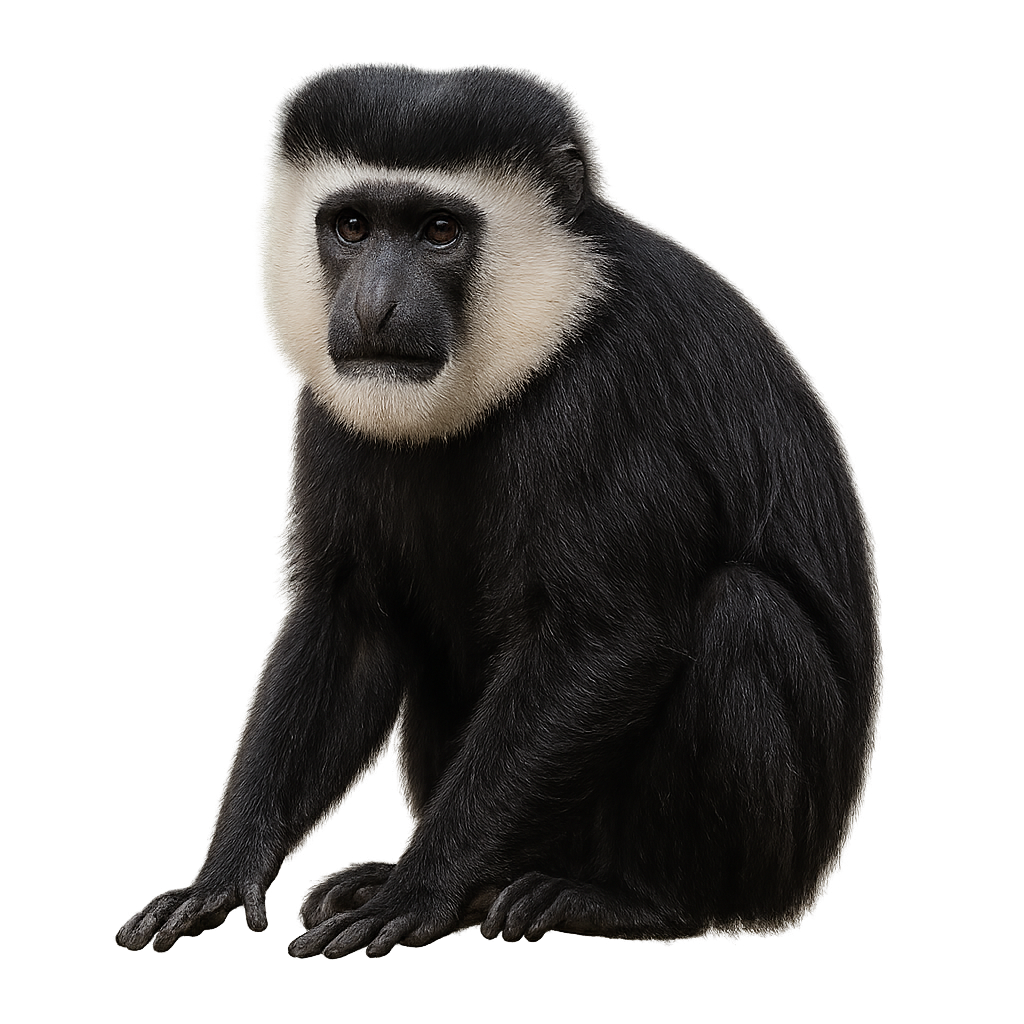Your wildlife photography guide.
Explore the ursine colobus in detail, study its behavior, prepare your shots.
Where to observe and photograph the ursine colobus in the wild
Learn where and when to spot the ursine colobus in the wild, how to identify the species based on distinctive features, and what natural environments it inhabits. The WildlifePhotographer app offers tailored photography tips that reflect the ursine colobus’s behavior, helping you capture better wildlife images. Explore the full species profile for key information including description, habitat, active periods, and approach techniques.
Ursine Colobus
Scientific name: Colobus vellerosus

IUCN Status: Vulnerable
Family: CERCOPITHECIDAE
Group: Mammals
Sensitivity to human approach: Shy
Minimum approach distance: 10 m
Rut period: October to December
Gestation: 175-190 jours
Births: April to June
Habitat:
Tropical forests, wooded savannas, gallery forests
Activity period :
Primarily active during the day, with peak activity in the morning and late afternoon.
Identification and description:
The Ursine Colobus, or Colobus vellerosus, is a medium-sized arboreal primate primarily found in West Africa. Its coat is predominantly black with distinctive white tufts around the face and shoulders, giving it an elegant appearance. It lives in social groups composed of several females and one or two dominant males. These monkeys are mainly folivorous, feeding on leaves, fruits, and flowers. They play a crucial role in seed dispersal, contributing to forest health. Although they are agile in trees, they rarely descend to the ground. Their habitat is threatened by deforestation and hunting, leading to a decline in their population.
Recommended lens:
400 mm – adjust based on distance, desired framing (portrait or habitat), and approach conditions.
Photography tips:
To photograph the Ursine Colobus, it is advisable to use a telephoto lens of at least 400mm to capture detailed images from a distance. Given their shy nature, it is important to remain discreet and blend into the environment to avoid startling them. The best photo opportunities occur early in the morning or late in the afternoon when the natural light is soft and flattering. Focus on capturing their social behavior or agility in the trees.
The WildlifePhotographer App is coming soon!
Be the first to explore the best nature spots, track rutting seasons, log your observations, and observe more wildlife.
Already 1 430 wildlife lovers subscribed worldwide

